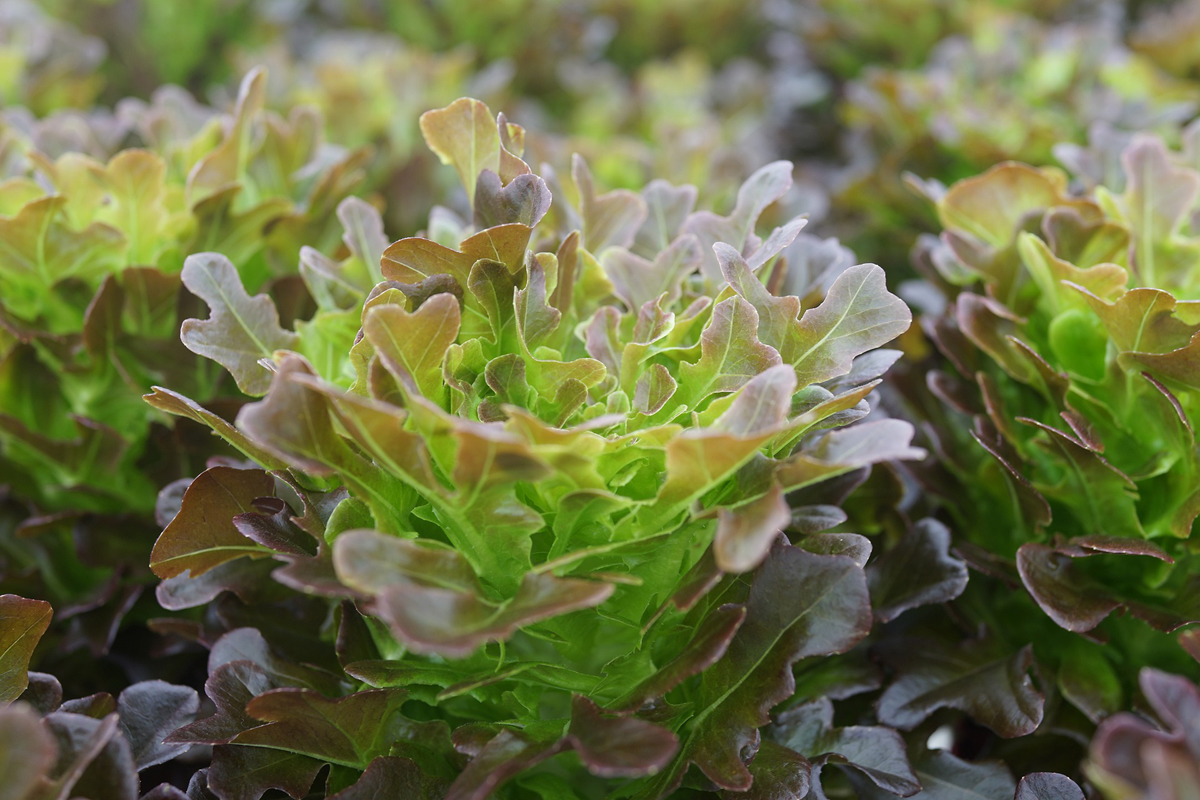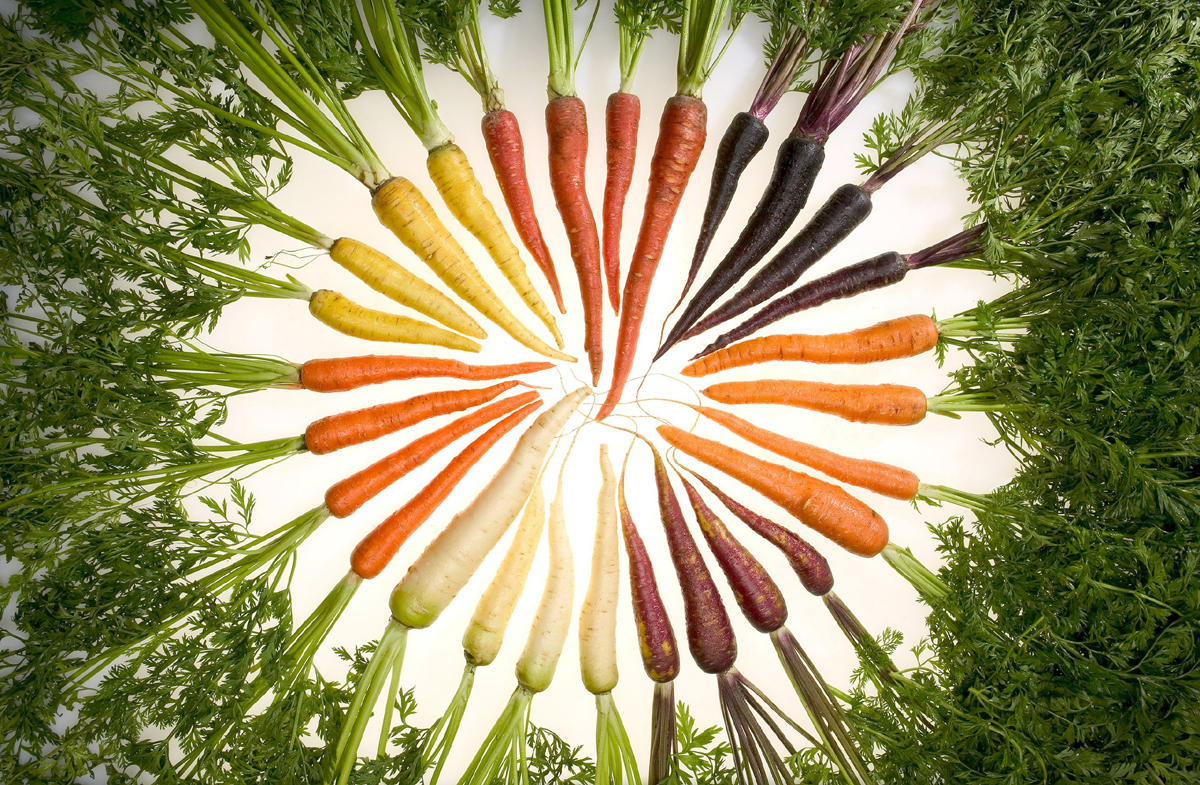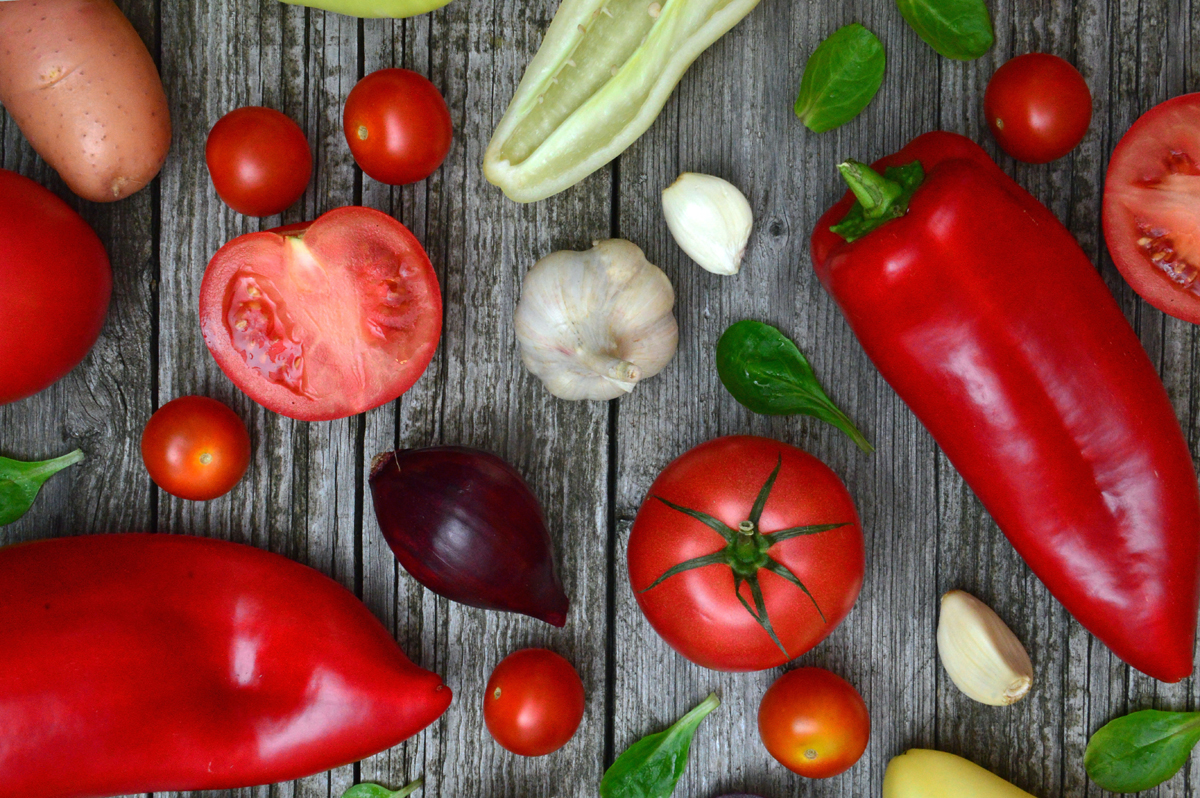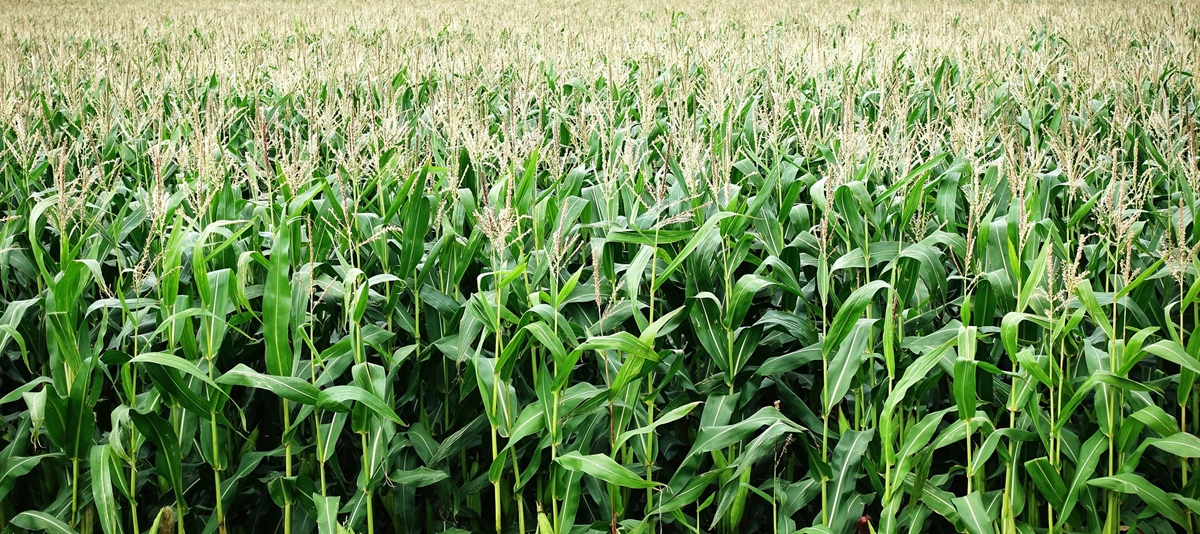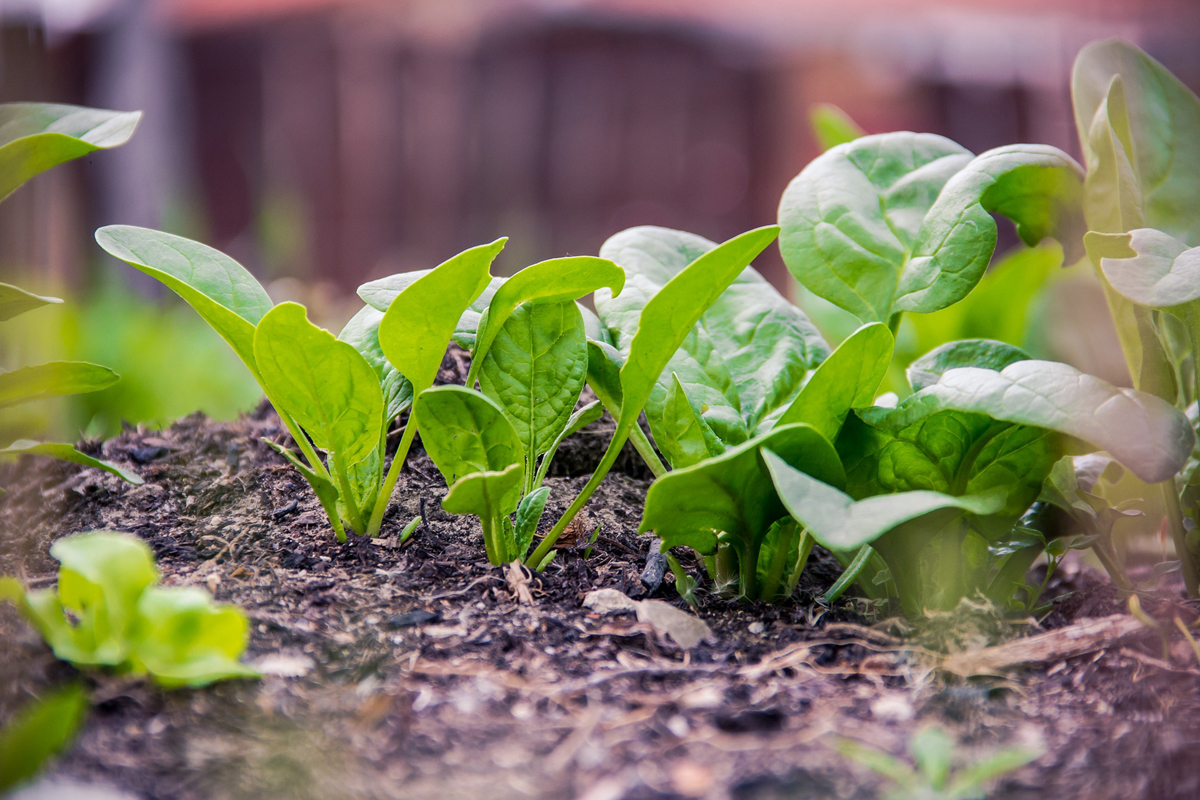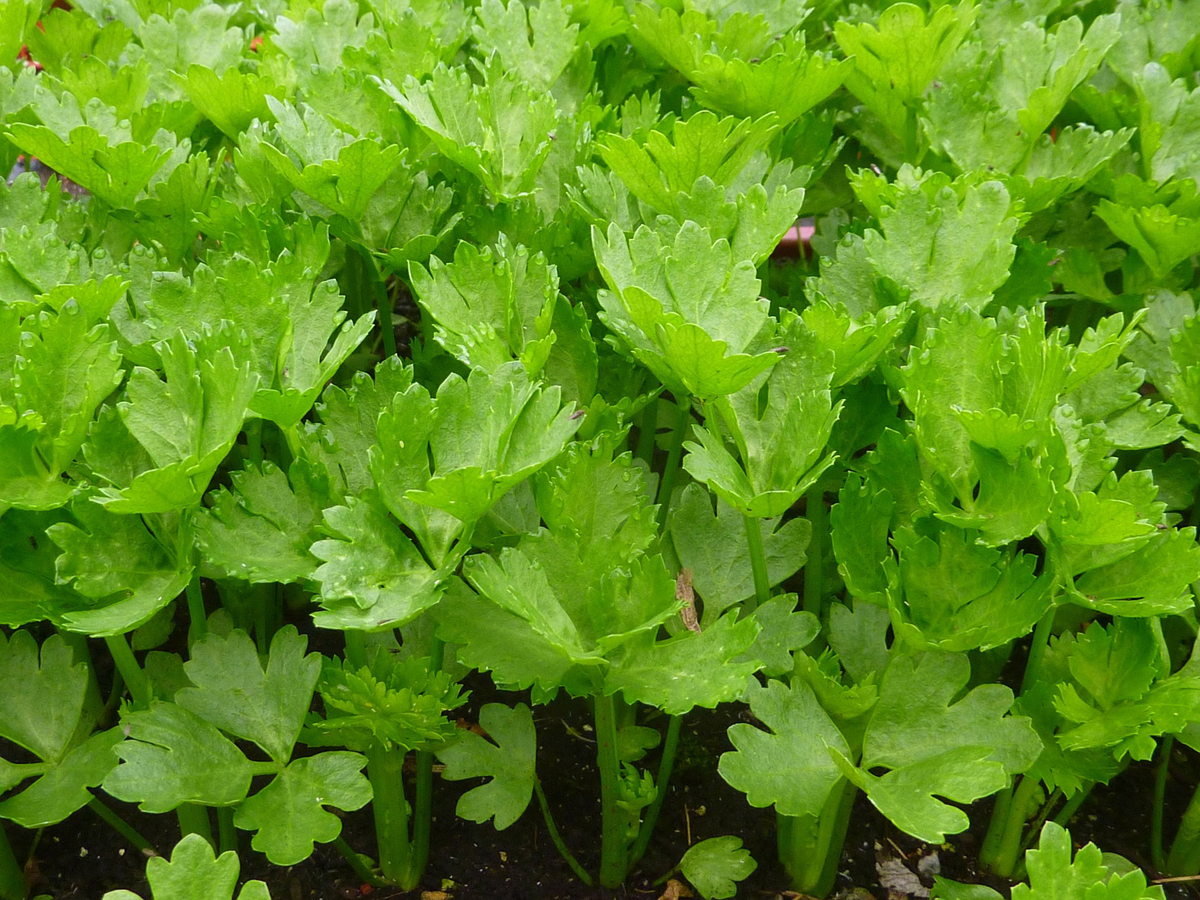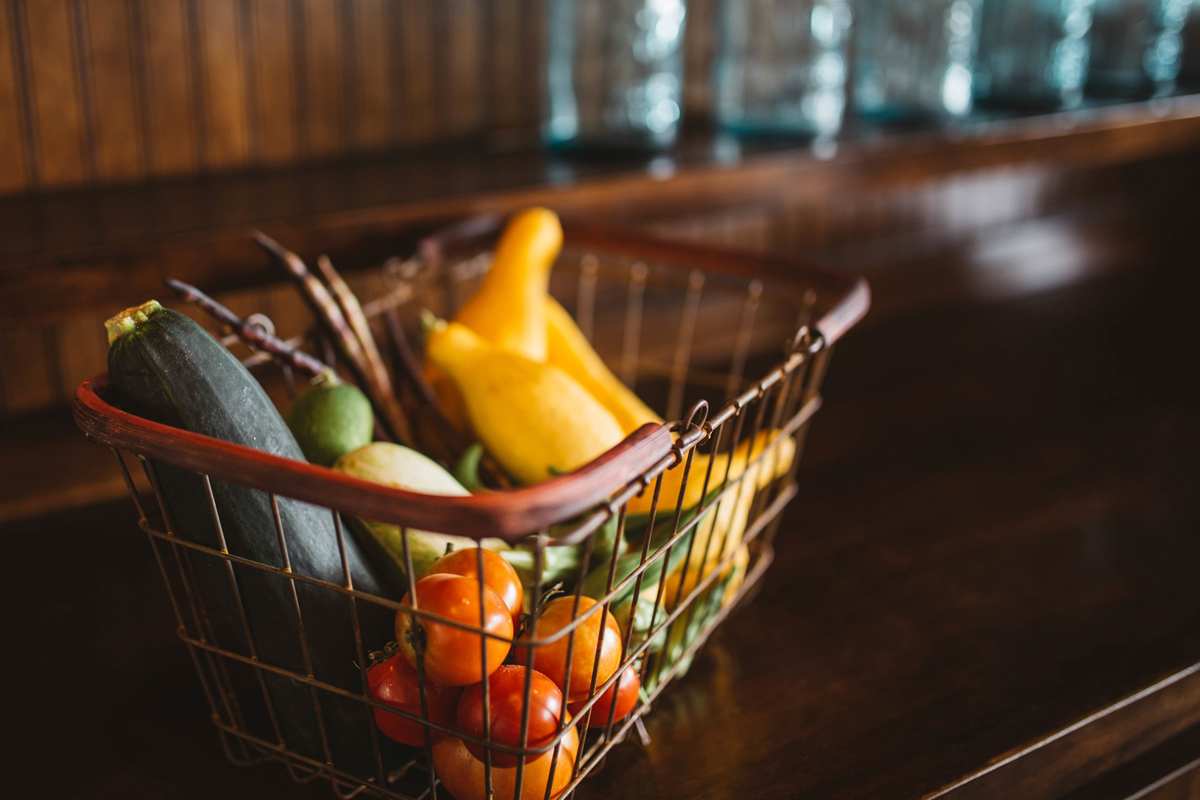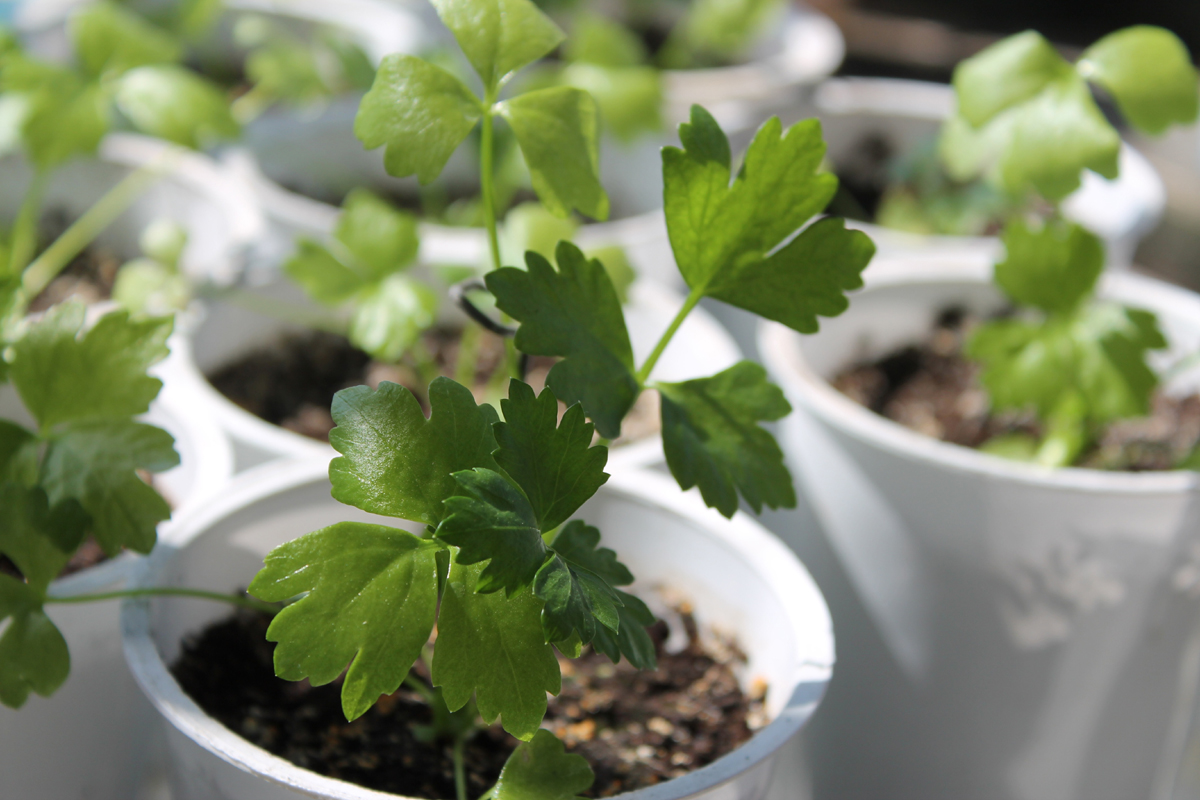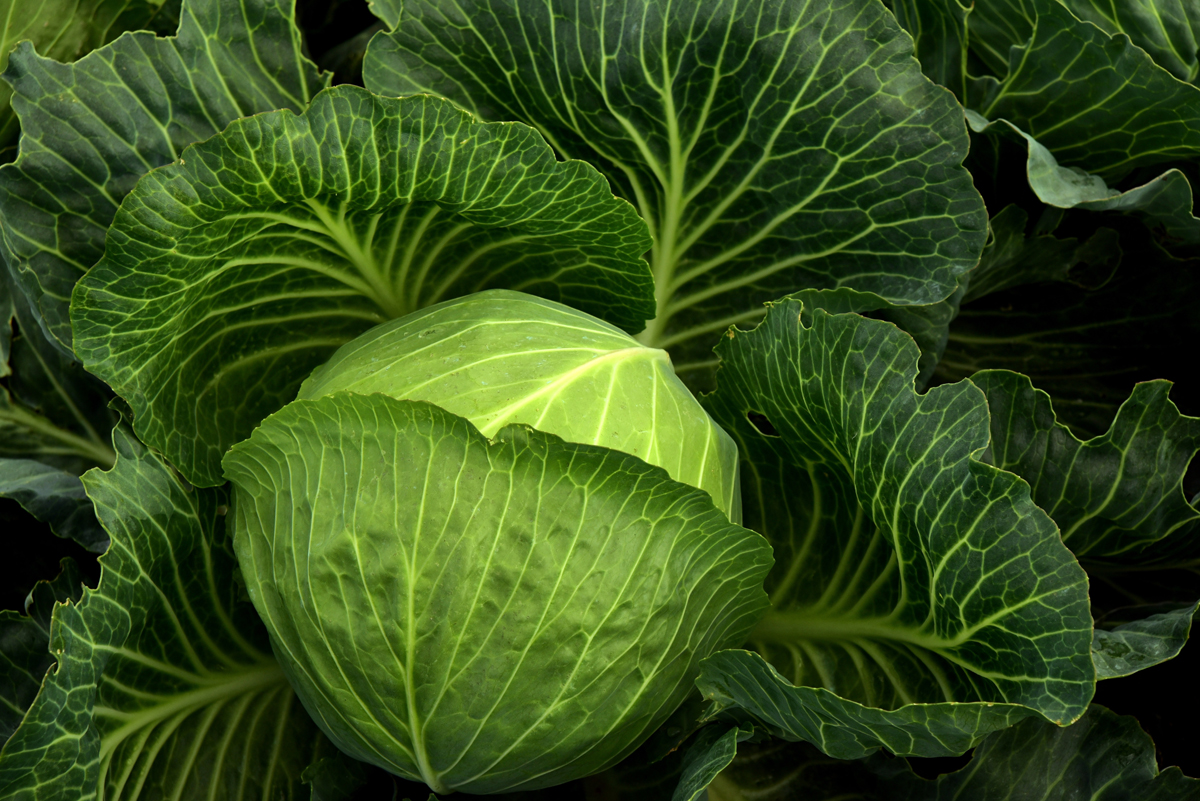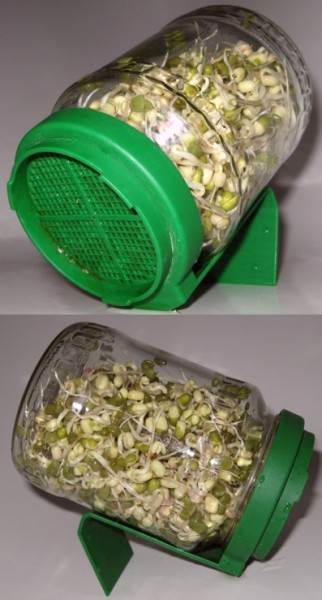Gardeners should know the seeds for winter and summer vegetable gardens to maximize productivity and profit.
Tag: Growing Vegetables
Maximizing the growth and yield of your potato harvest requires careful planning and attention to the needs of the plants.
Specific growing requirements for carrots are few and they are easy for the home gardener to provide. they need minimal care.
Growing strawberries in raised beds, from September to November is perfect, if such exists. Raised beds enhance production, and provide extra drainage for plants, while the fruits can grow at ground level. Mounding soil along the edge at six inches high is essential to keep the plant from rotting.
I have a new favorite sweet pepper to grow. It’s the ‘Giant Marconi’. Here’s why I like it so much, and how you can grow it too.
Corn will grow best during summer as it prefers warm weather. Try to plant your corn about 14 days before the last frost and to stop your various varieties of corn form cross-pollinating each other, stagger your plantings about a week apart. This will also make harvesting a lot easier as the corn will not be ready all at the same time.
Growing kale can be easy even for those of us who do not consider ourselves a “green thumb.”
Growing produce from organic heirloom beet seeds will provide a combination of nutritious greens and roots. These can be eaten fresh, pickled or stored for the winter.
Spinach is one of the healthiest leafy greens you can eat. It is loaded with plenty of vitamins and minerals.
Growing celery is easier than you think. If you are going to give celery a try in your next growing season, here are some tips to help you out.
This article outlines four steps or stages which will help you avoid common mistakes and ensure that your indoor mint grows and flourishes throughout the year.
You have probably heard a lot of terminology being floated around in your vegetable garden. Here are five popular ones that will look familiar to you and what they mean.
With proper preparation and care, you can expect to harvest fresh from your indoor garden celery.
Growing fresh cabbage in your yard from seed, is a lot easier than you might think. Expect your cabbage to reach maturity in sixty to one hundred days.
One of the blessings of sprouts is that all you need is one square foot of space to enjoy a wide variety of healthy, fresh-grown veggies, grown in less than a week.

